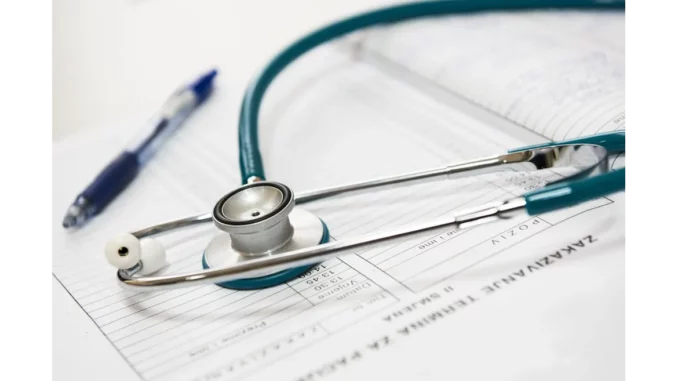
In the bustling realm of healthcare, where innovation and service delivery are constantly evolving, I recently had the opportunity to sit down with Dr. Claire Edwards, a seasoned NHS manager, to explore the transformative potential of community diagnostics centres and elective recovery hubs. As an advocate for integrating data-driven strategies into healthcare, Dr. Edwards shared her insights on how these initiatives can enhance efficiency, investment in new equipment, and improve IT and digital capabilities.
Sitting across from me in a modest office adorned with stacks of medical journals and a whiteboard filled with scribbles of upcoming projects, Dr. Edwards exuded a passion for her work that was both infectious and inspiring. Her career, spanning over two decades in the NHS, has been marked by a commitment to leveraging data for improved patient care. Our conversation was an eye-opener into how the healthcare landscape is being reshaped to meet the demands of modern medicine.
“Our healthcare system is like a vast ocean of data,” Dr. Edwards began, her hands animatedly sketching invisible diagrams in the air. “The challenge is how to navigate this ocean to find meaningful insights that can guide us to better care outcomes.”
Dr. Edwards explained that the NHS possesses one of the richest datasets in public services worldwide. However, transforming this data into actionable insights requires a sophisticated approach. The healthcare system is increasingly moving towards a collaborative, integrated model of care. This shift necessitates reliable data analysis across various care organisations to ensure consistency and informed decision-making.
Community diagnostics centres and elective recovery hubs are pivotal in this transformation. Dr. Edwards described these centres as “the backbone of healthcare efficiency,” offering an example of a local diagnostics centre in her region that had dramatically reduced patient wait times while improving the accuracy of diagnoses.
“By centralising diagnostics, we can allocate resources more effectively,” she explained. “Patients can access the services they need in a timely manner, reducing the burden on larger hospitals and allowing them to focus on more complex cases.”
Investment in state-of-the-art equipment is another facet of this efficiency drive. Dr. Edwards highlighted a recent initiative where her team procured advanced imaging equipment, which not only enhanced diagnostic capabilities but also cut down the time patients spent in hospital, freeing up beds for those in greater need.
“It’s not just about having the latest technology,” Dr. Edwards cautioned. “It’s about integrating this technology into a system that works seamlessly for both patients and healthcare providers.”
A crucial component of this integration is improving IT and digital capability. Dr. Edwards discussed the implementation of a robust digital infrastructure that allows for real-time data sharing across healthcare providers. This digital backbone supports everything from patient records to diagnostic results, ensuring that healthcare professionals have access to the information they need when they need it.
“We’ve moved towards a more connected system,” she noted. “It’s about ensuring continuity of care, where data flows effortlessly between departments, supporting clinicians in delivering the best possible care.”
Dr. Edwards also touched on the importance of training healthcare professionals to harness these digital tools effectively. “Technology is only as good as the people using it,” she remarked. “We invest in our staff, providing training and support to ensure they are confident and capable in using these new systems.”
As our conversation drew to a close, Dr. Edwards shared a compelling story of a patient who had benefitted from the new system. A gentleman in his seventies had been experiencing unexplained symptoms for months. Thanks to the streamlined processes at a community diagnostics centre, he was quickly referred, diagnosed, and treated. His story was a testament to the power of integrated care and efficient service delivery.
“Seeing the tangible benefits in patients’ lives is what drives us,” Dr. Edwards said with a smile. “It’s about making healthcare smarter, not just harder.”
Reflecting on our discussion, it was clear that Dr. Edwards and her team are at the forefront of a revolution in healthcare efficiency. Through strategic investments and a commitment to harnessing data, they are paving the way for a future where timely, precise, and patient-centred care is the norm rather than the exception.
As I left the office, I felt a renewed sense of optimism about the direction in which healthcare is headed. The journey through healthcare hubs and community diagnostics, as shared by Dr. Edwards, is a testament to the potential of what can be achieved when data, technology, and human expertise come together in harmony.
Authored by Isaac Grey


Be the first to comment